To Light or Not to Light? That is the Question
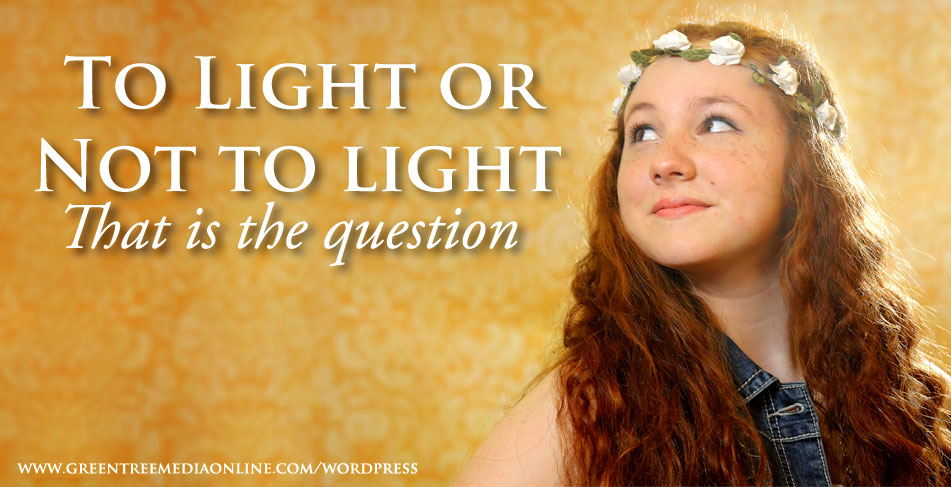
Today’s topic is LIGHTING! Which may not sound exciting or interesting, but you know what – lighting is what can make the difference between an interesting and exciting image and just a plain, old, boring snap shot. Whether you shoot natural light, with one off camera flash or with a whole studio lighting set up, all forms of light can tell a different story and create a different mood. In fact, photography literally translates to “writing (or painting) with light.” Clearly lighting is an important part of photography. So let’s dig in!
When I first started my business back in 2008, I was completely and utterly focused on natural light. In the past year or so, however, I’ve branched out more into the realm of off camera lighting in my photography. I still absolutely love what a photographer can do with natural light, and I honestly believe that to truly master photography – one needs to be able to shoot in natural light without any professional lighting added in. Let me explain…
Natural light essentially means that a photographer uses the natural light that exists in their shooting environment. This may be soft ambient light drifting in through a window or it could be the bright sun itself in a beautiful outdoor setting. The trick with natural lighting is that you have less flexibility because you are partially controlled by where the light lives in your scene. If you want a well lit portrait of someone using window light, you are forced to position your subject in a location near the window where the light can hit them properly. Or if you’re wanting some moody backlight, again you are limited to where the light exists in your space. This is why I think learning with natural light is so important. You have limitations when you can’t control your light source. So if you can figure out how to make it work for you in your portraiture – then you truly understand how to use light to paint your subject and create a mood.
Below you can see some of my favorite dreamy images using all natural light.
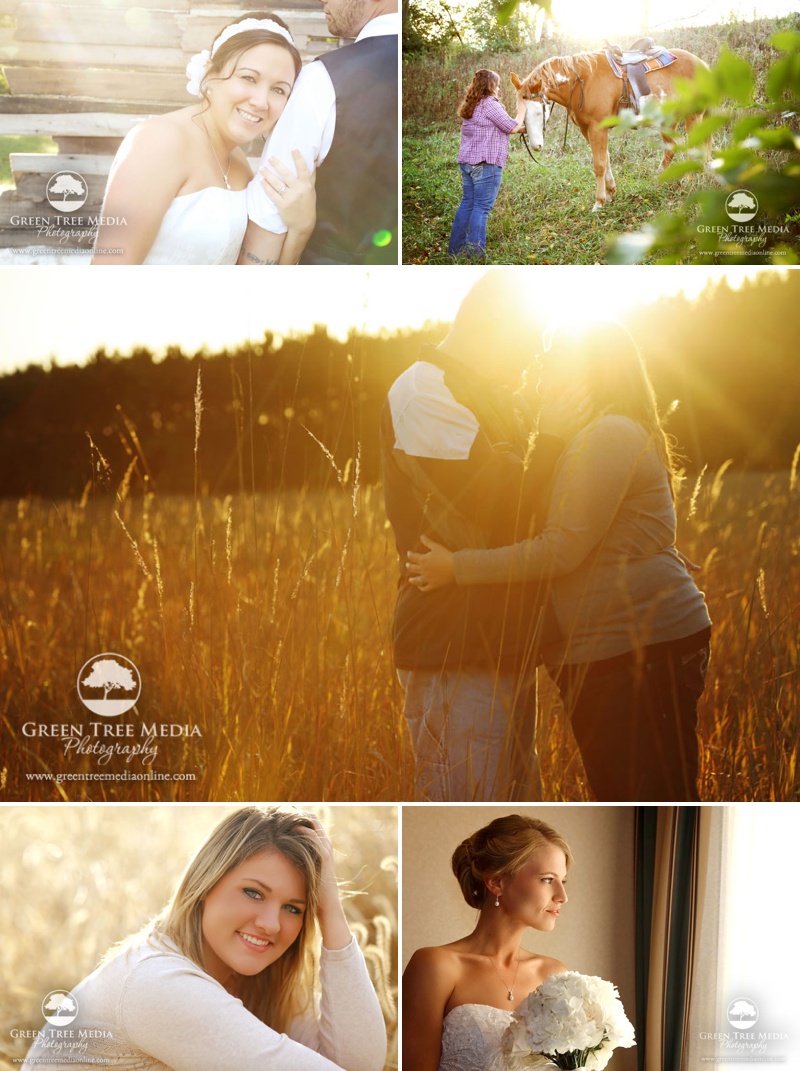
Now I’ll be the first to admit that there are certain situations where lighting can make an immense difference in your photography. If you are limited to a specific location or time of day that is not best for natural light work – having a lighting set up can assist in still being able to create beautiful portraits in spite of the situation. For example… noon time is THE WORST time to photograph outdoors, especially if there is no shade for you to work with. In this situation being able to add an off camera light can enable you to still make the middle of the day work to your advantage.
The images below were not taken at noon, but they were taken at a less than ideal time of day that was overcast and dark. As you can see on the images on the left, our model has some dark shadows around his eyes from the way the natural lighting is hitting him. But on the right, I added a little off camera flash and it brightened up his whole face, including the dark shadows on his eyes. Had I not had off camera lighting, it would have been much more difficult to get my client a billboard worthy shot.
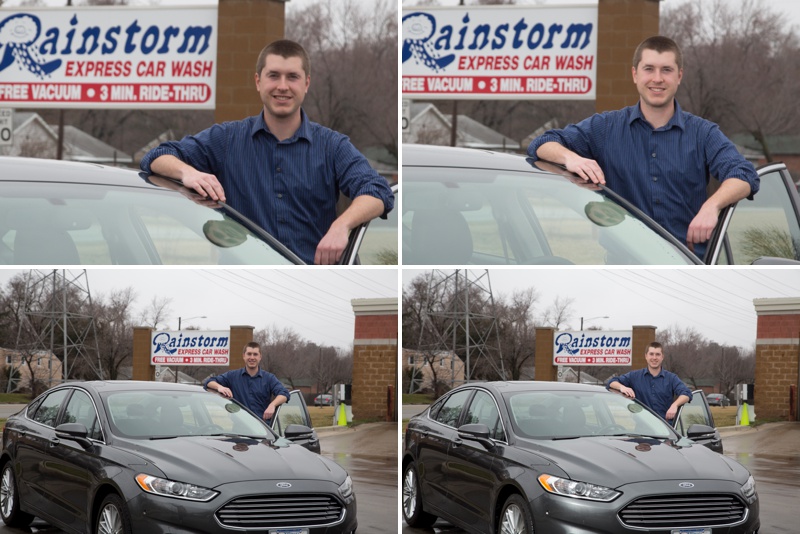
Another benefit of off camera lighting is that it can also be used to create a different mood or to give depth and shape. Let me give you an example. I was working on a maternity session for a beautiful couple, and the momma-to-be truly has the cutest baby bump I’ve ever seen. Normally I light from the front. I want to highlight your features. I want to see your eyes… the place where your soul resides. The image on the right showcases the way I would normally set up my lights. But for this session I wanted to highlight Sarah’s perfect little baby bump – so I decided to kick the light around behind her, and use a very mild reflector to kick a touch of light back on her face. The image on the left shows how the light behind Sarah really highlighted the shape of her tummy and let all the attention focus on baby. It also adds a soft, more quiet kind of tone to the image too.
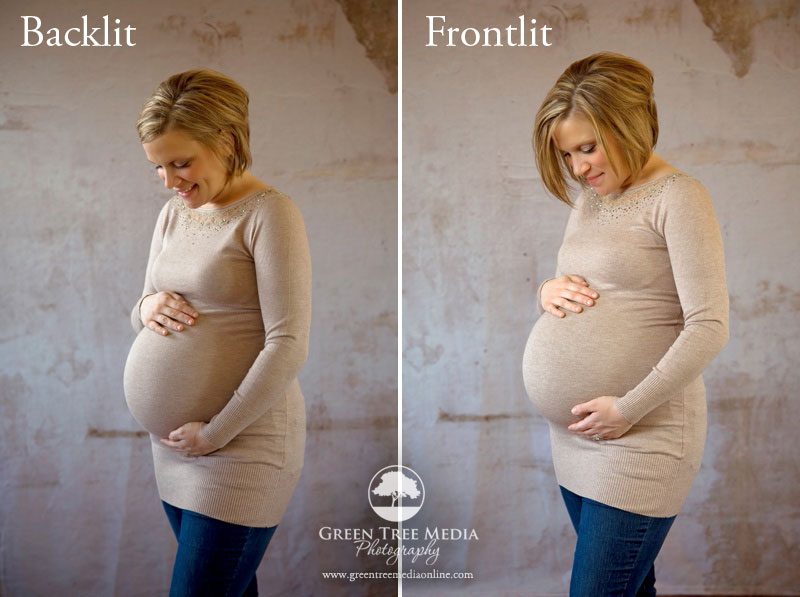
There are so many ways and reasons to use additional lighting in your photography. One of the biggest perks is the amount of time it can cut out in retouching. With off camera lighting – I rarely need to add any sky overlays because I capture the real sky in the image. Below are four examples of ways I used my off camera lighting to my benefit. In the top image, I was able to highlight the beautiful Price family, while also capturing the gorgeous blue sky with it’s big fluffy clouds. For the two senior images in the middle, my off camera lighting allowed me to shoot after the sun had set. Without my lights, we had have had to call it quits a LOT sooner. And we would have missed out on these unique backdrops because I wouldn’t have been able to capture both my subject and the sky without my added light. And then the bottom image of the amazing Watts family – my flash helped freeze their jumping motion while properly exposing the whole image – foreground, mid-ground, and background.
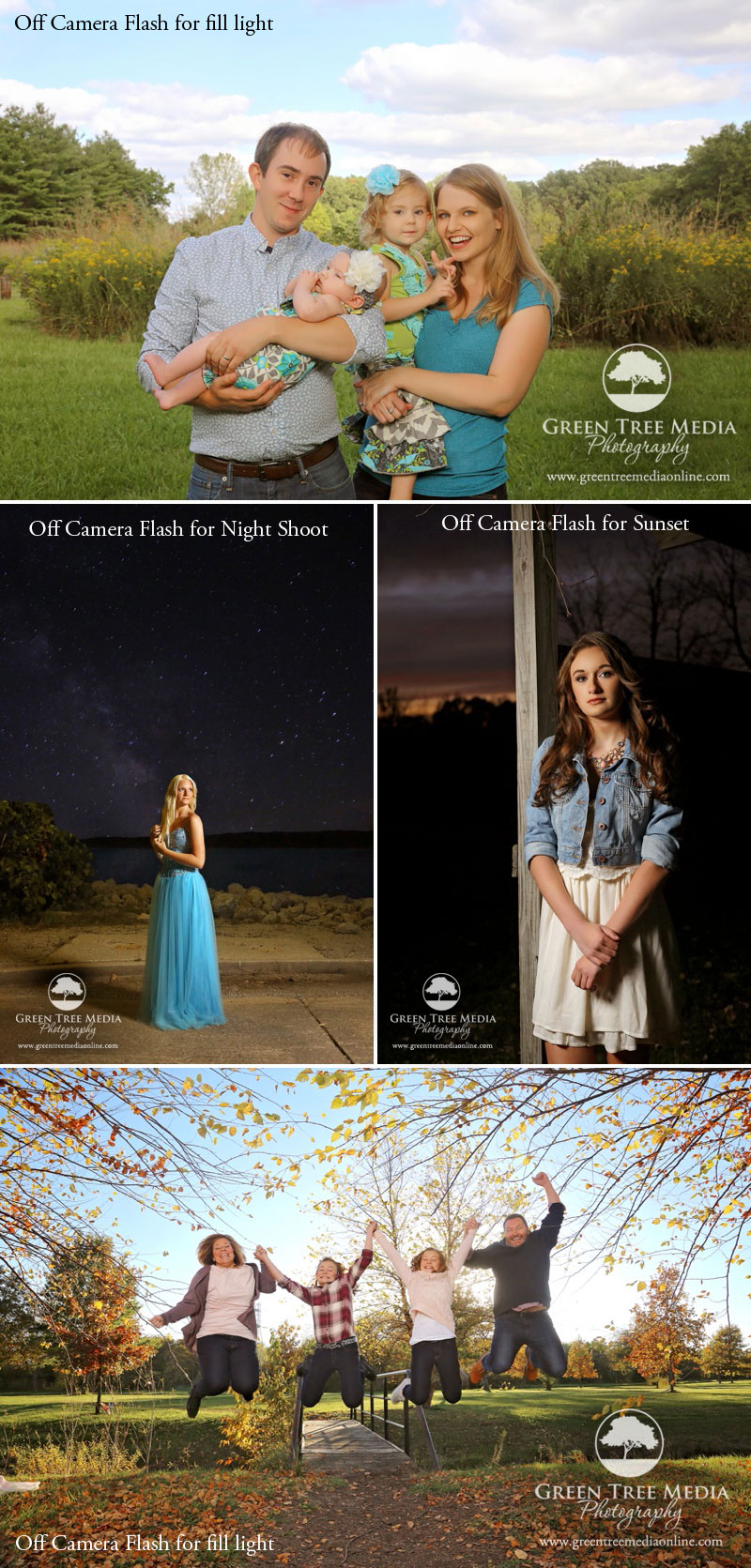
So I hope what you’re learning from this is that there isn’t a right or wrong way to capture your images. There are benefits to both using natural and artificial light. For myself personally, I like having the ability to use my off camera lighting if I want or need it. As a professional, off camera lighting provides me with the ability to capture strong images regardless of the situation I find myself in, which means I can make certain I’m providing my clients with the best work possible. It also means that I can create images other photographers (without my equipment, knowledge and vision) simply can’t. But I also know natural light well enough to able to use it as well. The key to all of this is understanding what you have and knowing how to use it. Not all light is good light, but good light can create amazing portraits!
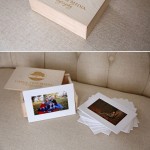 Previous post
Product Feature: The Willow Image Box
Previous post
Product Feature: The Willow Image Box

